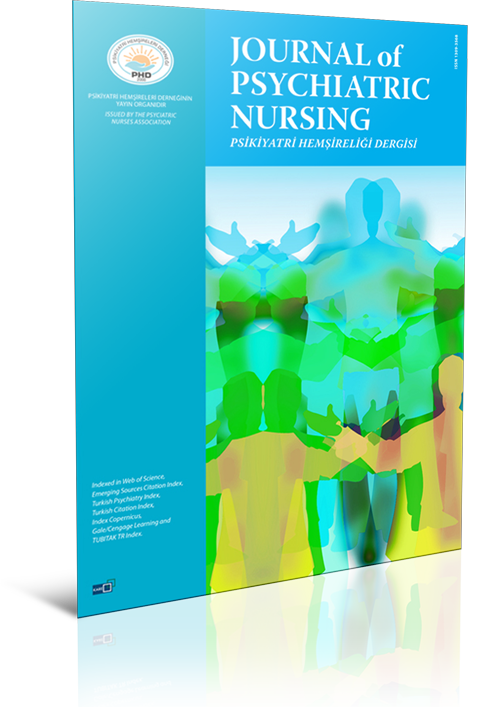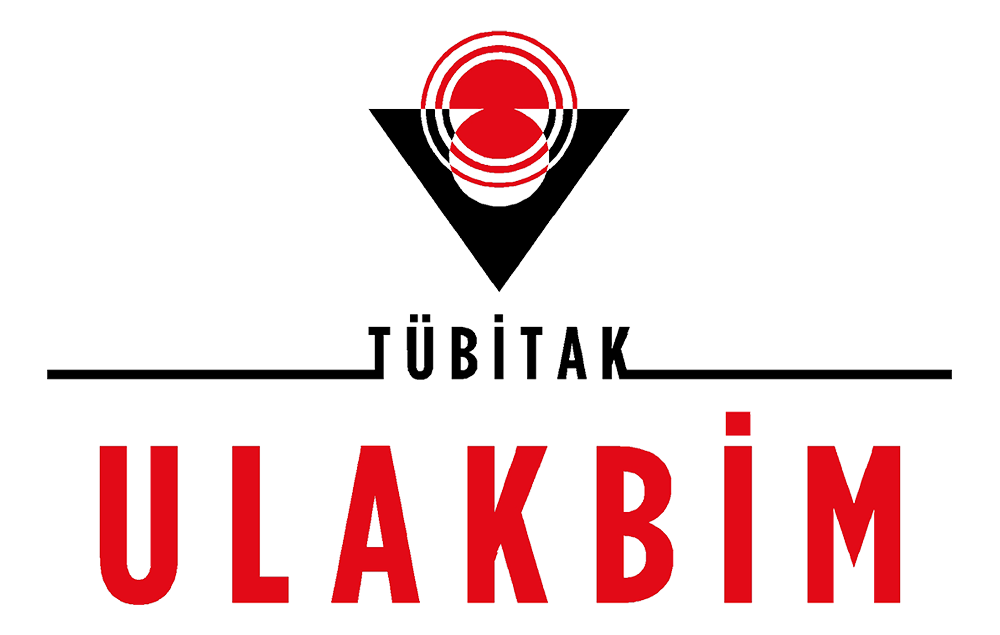
Delirium determination form for children: A delphi method study
Engin Turan1, Gülay Manav2, Gülbeyaz Baran31Department of Pediatric Intensive Care Unit, Diyarbakır Gazi Yaşargil Training and Research Hospital, Diyarbakır, Turkey2Department of Pediatric Nursing, Muğla Sıtkı Koçman University Faculty of Health Sciences, Muğla, Turkey
3Department of Pediatric Nursing, Dicle University Faculty of Health Sciences, Diyarbakır, Turkey
INTRODUCTION: This study aims to develop a form capable of identifying delirium in children.
METHODS: To develop this form, the Delphi method was used in this study and involved the participation of specialists who have conducted scientific studies and health professionals who have previously worked in the field of pediatrics intensive care. A total of 47 items were selected from the responses given in the first stage, and these items were then prepared in the form of a five-point Likert-type questionnaire for the second stage and delivered to 46 people who participated in the first stage. The second stage was completed with 38 respondents. After the completion of the second stage, the items underwent statistical analysis and were delivered to the same 38 people. Central tendency measures, including percentage, mean, standard deviation, median, first quarter and third quarter, and range were used to evaluate the data. Median, First Quarter (Q1), Third Quarter (Q3) and Width (Q3-Q1) are the statistical measures used to identify compromised items in the analysis of data collected by the Delphi method.
RESULTS: According to the results from the Delphi method, the participants agreed on 32 items for delirium determination in children. The most important diagnostic criteria for delirium in children was defined by the consensus derived from the Delphi method.
DISCUSSION AND CONCLUSION: It was concluded that the delirium diagnosis form for children that was developed using the Delphi method may be suitable for nurses working in intensive care units. As this study was strictly qualitative in nature, it is recommended that the form this study developed based on the opinions of experts, be quantitatively analyzed to further confirm its suitability for the diagnosis of delirium, which is difficult for nurses to diagnose in pediatric patients hospitalized in intensive care units.
Çocuklarda deliryum belirleme formu: Delphi tekniği ile araştırma
Engin Turan1, Gülay Manav2, Gülbeyaz Baran31Diyarbakır Gazi Yaşargil Eğitim ve Araştırma Hastanesi, Çocuk Yoğun Bakım Ünitesi, Diyarbakır2Muğla Sıtkı Koçman Üniversitesi Sağlık Bilimleri Fakültesi, Çocuk Sağlığı ve Hastalıkları Hemşireliği Bölümü, Muğla
3Dicle Üniversitesi Sağlık Bilimleri Fakültesi, Çocuk Sağlığı ve Hastalıkları Hemşireliği Bölümü, Diyarbakır
GİRİŞ ve AMAÇ: Bu çalışmanın amacı çocuklarda deliryumu belirlemek üzere bir form geliştirilmesidir.
YÖNTEM ve GEREÇLER: Bu çalışmada söz konusu formu geliştirmek için Delphi tekniği kullanılmıştır. Bilimsel araştırmalar yürütmüş uzmanlar ile daha önce çocuk yoğum bakımı alanında çalışmış sağlık uzmanları araştırmaya dahil edilmiştir. İlk aşamada katılımcıların verdiği yanıtlardan toplam 47 madde seçilmiş ve bu maddeler ikinci aşamada kullanılmak üzere beşli Likert tipi anketine dönüştürülerek araştırmanın ilk aşamasına katılan 46 kişiye dağıtılmıştır. İkinci aşama 38 kişinin katılımı ile tamamlanmıştır. İkinci aşama tamamlandıktan sonra maddeler üzerinde istatiksel analiz yapılmış ve söz konusu 38 kişiye anket dağıtılmıştır. Veriler değerlendirilirken merkezi eğilim ölçülerinden yüzde, ortalama, standart sapma, medyan, birinci çeyreklik ve üçüncü çeyreklik ile aralık değerleri kullanılmıştır. Medyan, Birinci Çeyreklik (Q1), Üçüncü Çeyreklik (Q3) ve Genişlik (Q3-Q1), Delphi tekniği ile toplanan verilerin analizi sırasında zayıf maddelerin belirlenmesi için kullanılan istatiksel ölçülerdir.
BULGULAR: Delphi tekniği ile elde edilen sonuçlara göre katılımcılar çocuklarda deliryumun belirlenmesi ile ilgili 32 madde üzerinde anlaşmaya varmışlarıdır. Çocuklarda deliryum ile ilgili en önemli tanı kriteri, Delphi yöntemi kullanılarak tespit edilen ortak karara göre tanımlanmıştır.
TARTIŞMA ve SONUÇ: Delphi tekniği kullanılarak geliştirilen çocuklarda deliryum tanı formunun yoğun bakım ünitesinde çalışan hemşireler için uygun olduğu sonucuna varılmıştır. Bu tamamen niteliksel bir araştırmadır. Dolayısıyla, bu araştırmada uzmanların görüşleri doğrultusunda geliştirilen formun yoğun bakım ünitelerinde yatan pediatrik hastalar söz konusu olduğunda hemşirelerin zorluk yaşadığı deliryum tanısı için uygunluğunu doğrulamak için nicel olarak analiz edilmesi önerilmektedir.
Manuscript Language: English



















